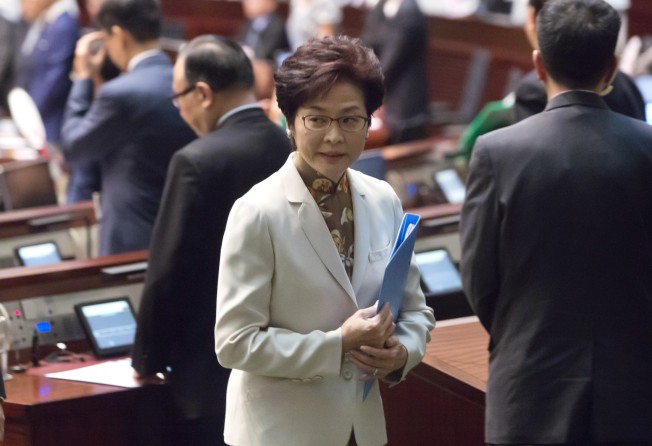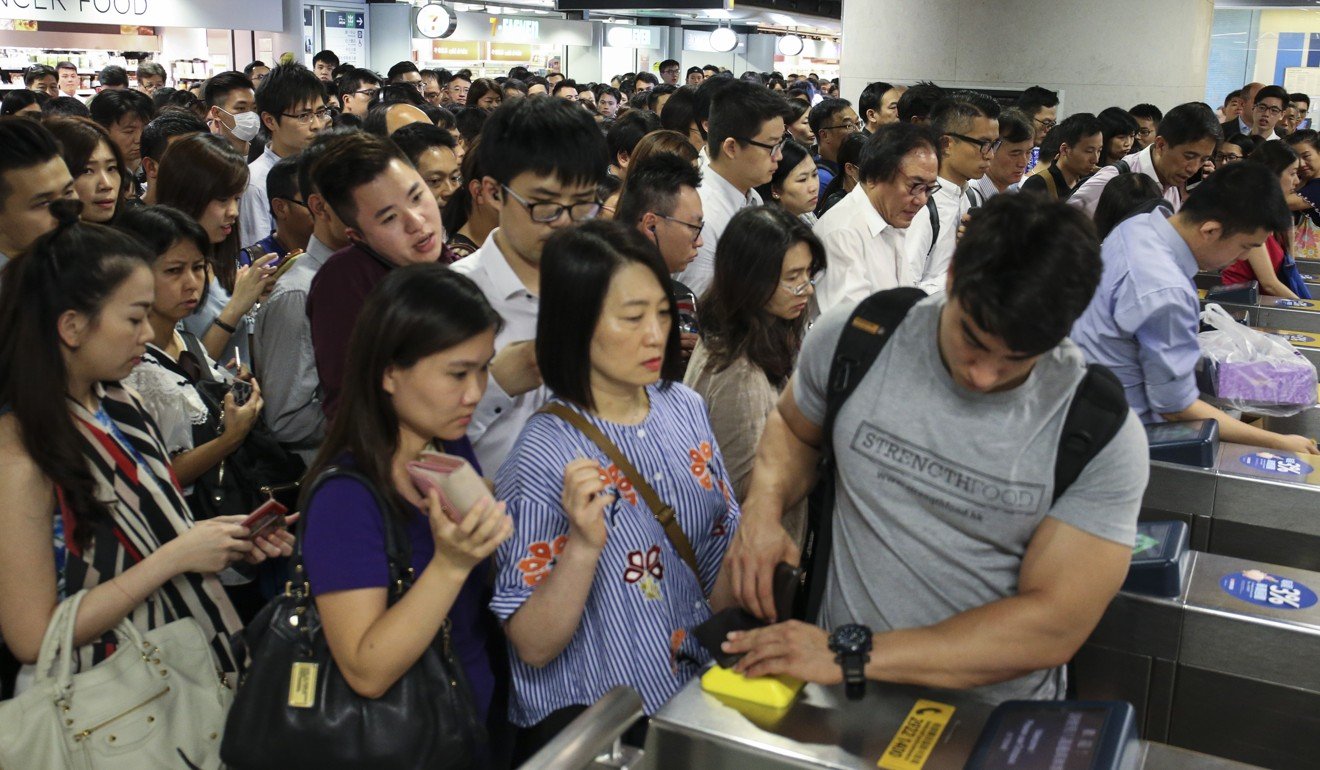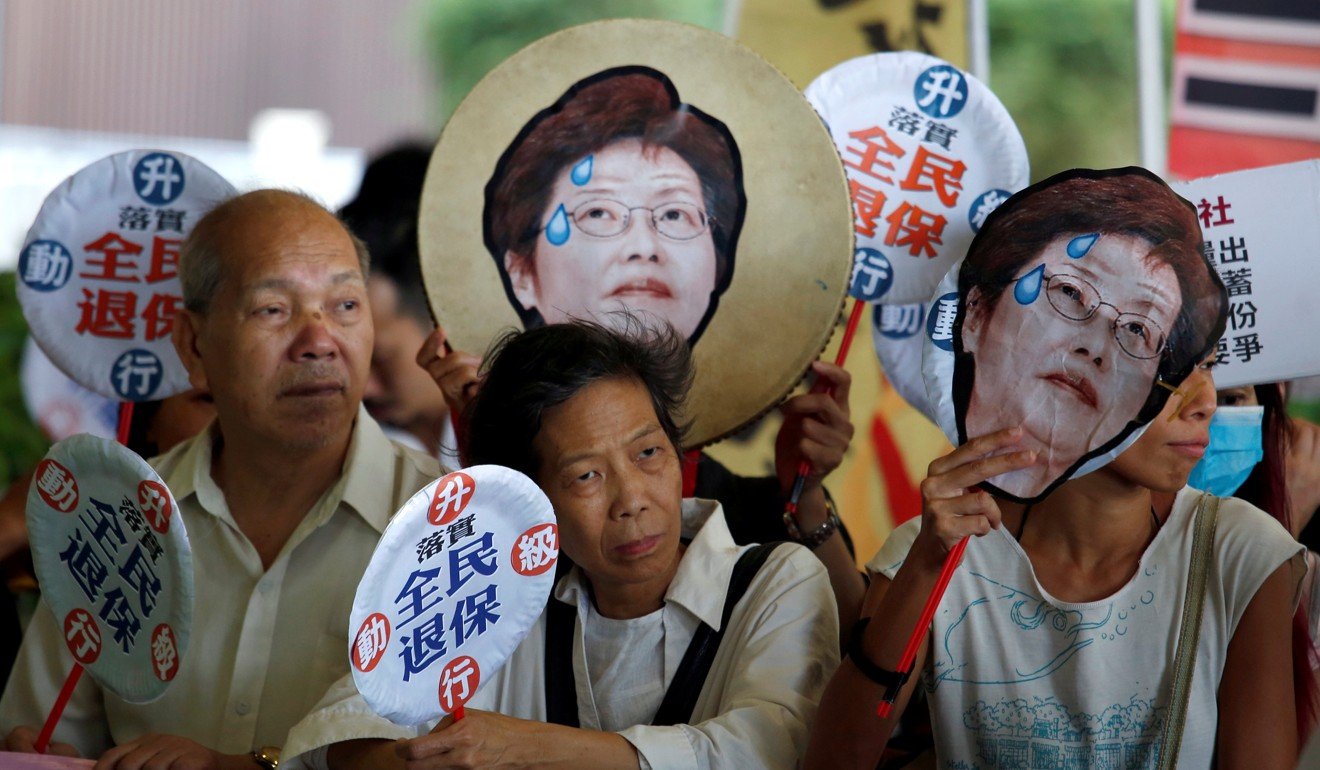Hong Kong leader delivers needed message of hope
Her maiden policy address not only highlighted the need for assistance in housing, innovation and business, but also help for the less well off. However whether she can bridge the political divide remains to be seen

Amid growing calls for change, Chief Executive Carrie Lam Cheng Yuet-ngor yesterday gave the public a much needed dose of hope. From new housing commitments to a governance revamp, from a transport subsidy for all to tax cuts for small and medium-sized businesses, from engaging young people to helping the underprivileged, Hong Kong’s new leader appears to be on the right track to lead the city to a new start.
Comprising some 49,000 words and 100-plus headings, Lam’s maiden policy address, “We Connect for Hope and Happiness”, was the longest ever. But it only took 40 minutes to deliver, because she wisely followed the advice of her cabinet members to just present the highlights to the Legislative Council. While individual members chanted a few slogans at the end, many greeted it with a resounding round of applause.
That the full blueprint was loaded with principles and renewed commitments in a wide range of policy areas was to be expected. It shows there is much work for the Lam government to do in the next five years. But there is also no shortage of eye-catching initiatives.
In line with her proactive work style, the veteran public servant has not shied away from tackling some long-standing problems with new thinking, such as working with private developers on the Starter Home housing scheme and building more subsidised flats for sale instead of rent. Bold as they are, the measures also come with concerns. For instance, the partnership housing project has already fuelled worries of business collusion. The administration needs to ensure that it will not become a project seen as only benefiting developers. While the pilot scheme may only provide some 1,000 flats, it is still a good start.
To the credit of Lam, greater emphasis has been put on boosting innovation and capitalising on economic opportunities arising from the “Belt and Road Initiative” – China’s development strategy – and the Greater Bay Area development plan. In addition to various schemes boosting the training of talent in innovation and technology, spending on research and development by private companies will receive a 200 to 300 per cent tax concession. They are timely initiatives to help catch up with the global trend.

It can be argued that goodies like the non means-tested transport subsidy, up to HK$300 a montheach, may look more like a feel-good gesture. But the revamped family allowance for those on low incomes and the reduction in profits tax can make a real difference to many in need.
National sovereignty defended
As expected, there was not much substance on the political front. References to universal suffrage and the enactment of a national security law were no different from the positions set out in her manifesto. Lam also carefully avoided provocative rhetoric on sensitive issues and in stark contrast to Leung Chun-ying, her predecessor, she did not mention independence. She toed Beijing’s firm line in defending national sovereignty and unity, saying everyone with a passion for the city had the obligation to say no to any attempt to threaten the country’s sovereignty, security and development interests.
Those who looked forward to seeing more concrete steps to bridge the political divide were understandably disappointed. Without mentioning names, Lam said “there was a propensity for matters to get personal and a tendency for suspicion to breed without cause”. While she has opened door to a change in the relationship, she must realise that it takes more than commitments to meet lawmakers more often to narrow the gap. Unless there is a healthy turnaround in the relationship the pan-democrat camp has with the local and central governments, political confrontation and bickering will prevail and undermine development and growth.

No less urgent is the need to better engage youngsters. The political divide is partly attributed to the student-led Occupy protests that sought greater democracy from Beijing. Regrettably, three years have passed and the repercussions are still being felt today. Lam is apparently well aware of the need to do more and has rightly pledged a raft of measures to support youth development and to incorporate their views into policies.
Better governance sought
Having worked in the government for some 37 years, Lam knows the administration machinery inside out. It is unclear whether a 3 per cent expansion in civil service posts, the biggest since the handover, will bring better governance, but she should be credited for putting a revamp on the agenda.
The plan to set up a civil service training academy and restructure advisory bodies and agencies may not be as headline-grabbing as other economic and livelihood initiatives, but they have long-term implications for the quality of governance.
Lam’s vision of “connecting for hope and happiness” is probably shared by many Hongkongers. Mapping out concrete directions in a clear policy blueprint is just the start. Whether her vision will become an everyday reality or yet another distant goal will be closely followed by the people in the years ahead.